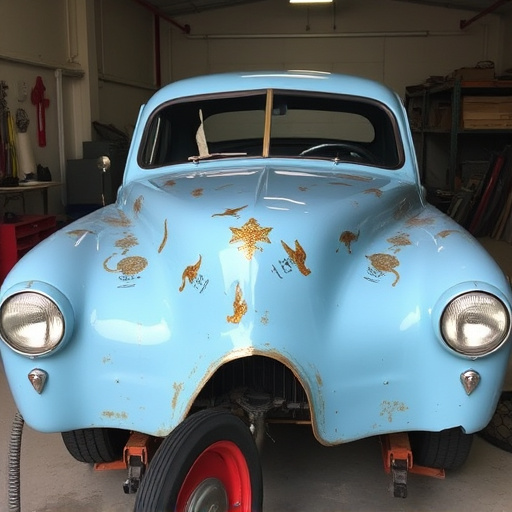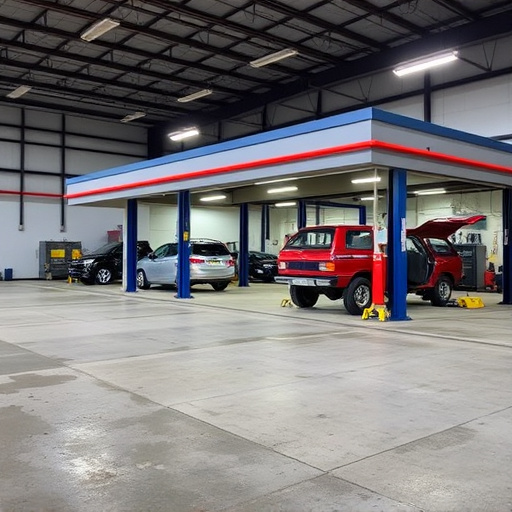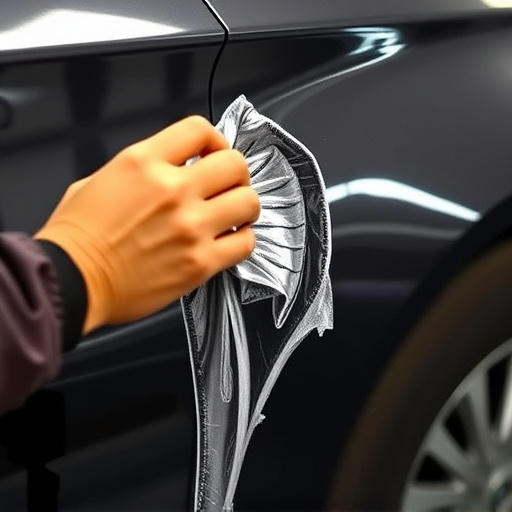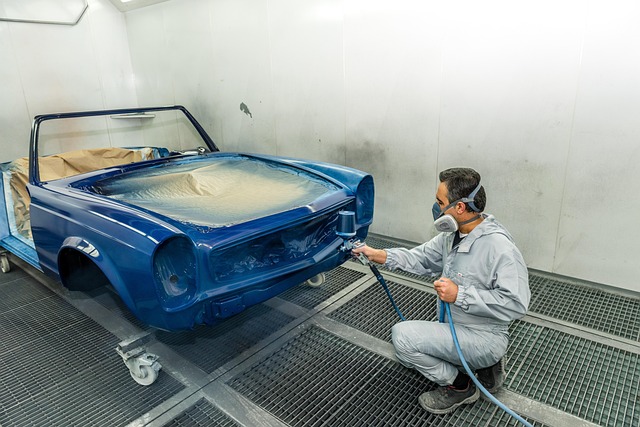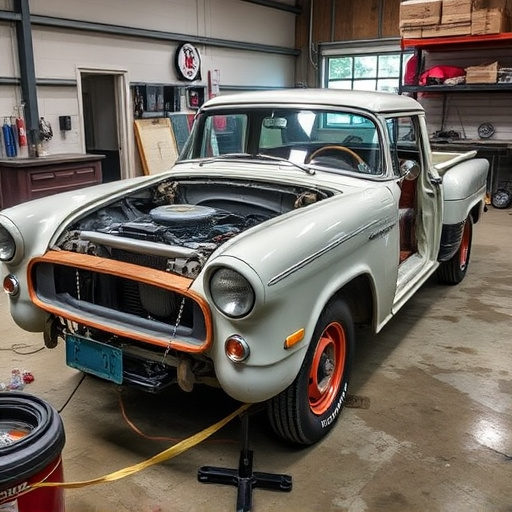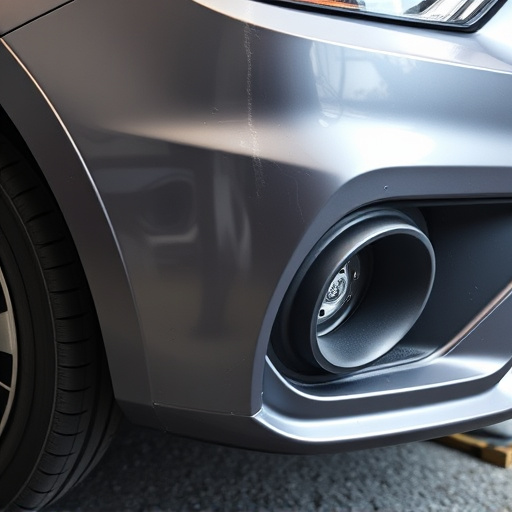Induction heating systems, a cutting-edge technology for luxury vehicle repair and fleet maintenance, offer precision and efficiency. Understanding heater types, power sources, and frequencies is crucial for mechanics to optimize performance. Common issues include faulty inductors, poor coupling, and power supply failures. Regular maintenance, proper setup, safety guidelines, and right tools minimize challenges. A structured process for induction heating repair includes identifying faults, positioning the inductor, monitoring heating, and allowing cooling for optimal results.
Discover the power of efficient and precise metalworking with our guide on applying induction heating repair in your shop. Induction heating systems offer unparalleled control for various applications, but understanding their inner workings is crucial for effective repairs. This article delves into the heart of these systems, helping you diagnose common issues and provides a step-by-step guide to ensure your equipment runs smoothly. Learn how to master induction heating repair and optimize your shop’s performance today.
- Understanding Induction Heating Systems
- Diagnosing Common Repair Issues
- Step-by-Step Guide to Repairs
Understanding Induction Heating Systems
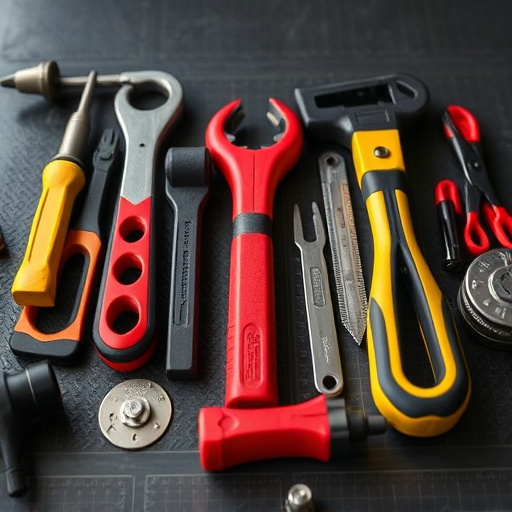
Induction heating systems are a sophisticated technology employed for metal fabrication and heat treatment processes. They utilize electromagnetic fields to generate heat directly within conductive materials, making them an efficient alternative to traditional heating methods. This process is particularly valuable in luxury vehicle repair and fleet maintenance, where precision and speed are paramount. By inducing eddy currents in metal, the system can deliver controlled and targeted heat, ideal for tasks like hardening, tempering, or melting.
Understanding these systems is crucial for effective induction heating repair. Mechanics and technicians should be familiar with the different types of induction heaters, their power sources (like AC or DC), and the varying frequencies used. Knowing how to adjust these parameters ensures optimal performance when repairing or maintaining metal components, even in complex scenarios like fender benders. Efficient induction heating repair not only enhances the quality of work but also contributes to cost-effectiveness, making it a valuable skill for any shop specializing in luxury vehicle repair or fleet services.
Diagnosing Common Repair Issues
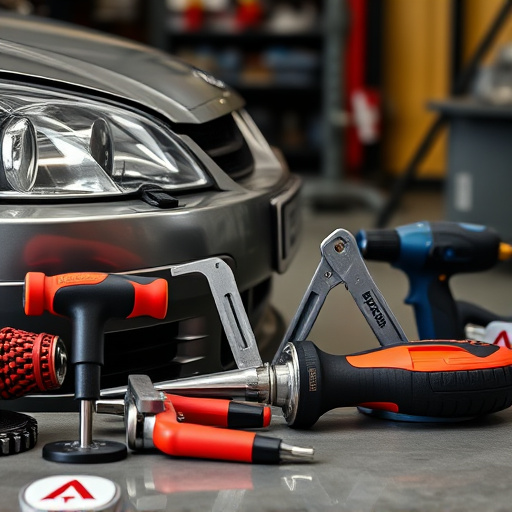
Diagnosing common issues with induction heating systems is a crucial step in any car repair shop looking to offer this advanced repair technique. Induction heating repair involves using electromagnetic energy to heat and reshape metal components, making it vital for tasks like vehicle paint repair and auto painting processes. Common problems may include faulty inductors, poor coupling between the inductor and workpiece, or issues with power supply and control systems.
By understanding these potential issues, technicians can ensure accurate diagnosis and implement effective solutions. Regular maintenance checks, proper setup procedures, and adherence to safety guidelines are essential for minimizing repair challenges. A well-equipped car repair shop should have the necessary tools and expertise to handle induction heating repairs, ensuring top-quality outcomes in both vehicle paint repair and general car repair operations.
Step-by-Step Guide to Repairs
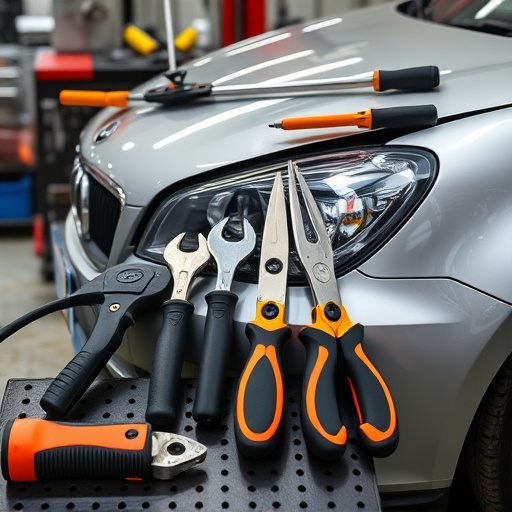
Applying induction heating repair in your shop involves a systematic approach to ensure precision and efficiency. Start by identifying the faulty component requiring induction heating. This could be anything from an auto glass replacement to dent repair on metal bodies. Once identified, prepare the workspace by clearing any debris or obstructions that might interfere with the process. Next, position the inductor correctly over the target area, ensuring optimal contact for effective heat generation.
The next step involves monitoring the heating process closely using thermocouples or other temperature measurement tools. Gradually increase the power and time to reach the desired temperature while adjusting as necessary based on real-time feedback from the measurement tools. After achieving the required temperature, carefully remove the inductor and allow the component to cool down before proceeding with any subsequent auto repair shop tasks like assembly or painting, ensuring a seamless finish in the end.
Induction heating repair is a valuable skill for any shop looking to optimize their metalworking processes. By understanding the fundamentals of induction heating systems, identifying common issues, and following a structured repair guide, you can efficiently address and prevent equipment downtime. With these steps, your shop will be well-equipped to handle induction heating repairs, ensuring smooth operations and cost savings in the long run. Remember, proper maintenance and timely intervention are key to maximizing the lifespan of your induction heating equipment.



